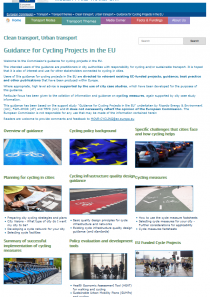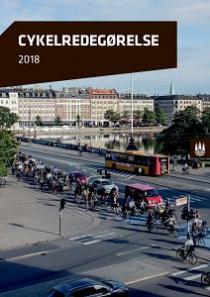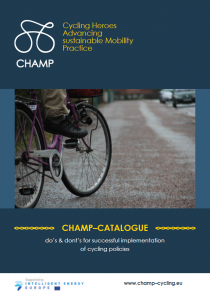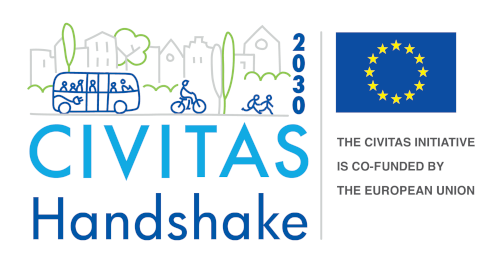Copenhagen Publication on Cycle Superhighways
A cycle superhighway is a cycle highway, where the commuters’ needs have been given the highest priority. The cycle superhighways of the Capitol Region is a coherent network of cycle highways which provides a safe, smooth ride with fewer stop and increased safety – offering an alternative to the car on distances of more than 5 kilometers.
Publication date: Mon 1 Jan 2018
Capitol Region of Copenhagen Office for Cycle Superhighways
Language: English





